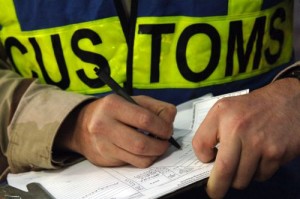









I imported my 2008 V36 Skyline 370GT Type SP 6 speed manual through Prestige Motorsport.
What a beast! Exactly what I was after at the price I wanted to pay.
Thank you Geoff for all your assistance through the process. I will definitely be using your services again.


Buy & import cars direct from the Japan car auctions
© 1999-2024 Prestige Motorsport Pty Ltd. DL14688
